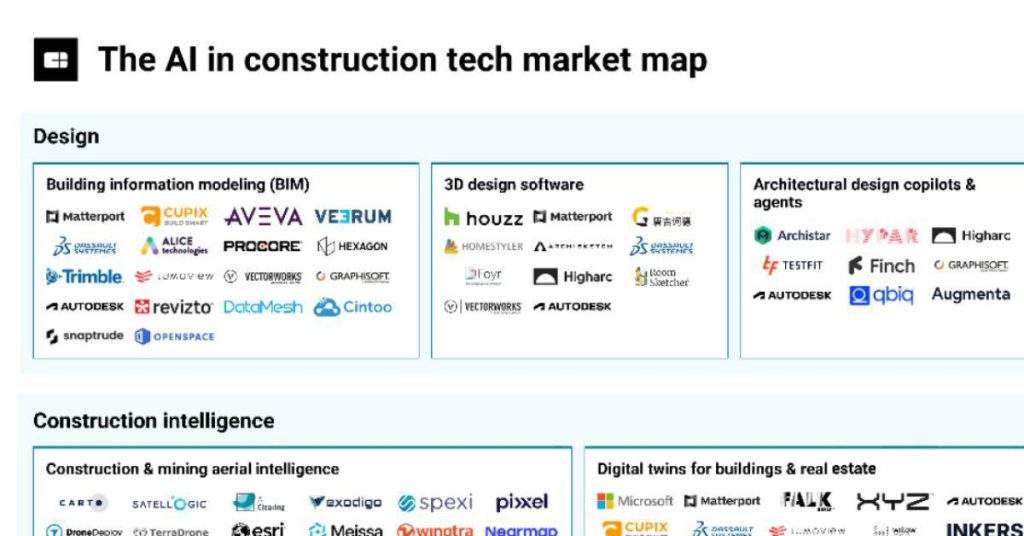Construction companies are starting to adopt AI systems to replace manual operations, as the industry undergoes its most significant digital transformation in decades.
The endgame is fully orchestrated construction sites where AI coordinates everything from material delivery and site preparation to assembly and inspections. While implementation challenges persist — such as the need for sufficiently advanced AI systems, integration with legacy software, and inconsistent connectivity at remote sites — progress toward this vision is moving forward.
Recent surveys show 92% of construction professionals report improved decision-making capabilities with reality capture technology. Similarly, leading firms like Skanska have developed autonomous AI agents that deliver safety guidance in real-time, while Turner collaborated with Versatile to use its AI-powered crane attachment for improved crane utilization, material handling, and production rates.
Physical AI is the next frontier. Caterpillar is operating autonomous heavy equipment on active job sites, while startups are building robots for tasks like high-rise drilling and demolition. These systems replace manual processes by enabling better precision, improved safety, and 24/7 operations.
This market map identifies 280 companies building AI solutions across 28 construction tech categories. We organized these companies into the following groups:
Design: AI-enhanced building information modeling (BIM), 3D planning, and architectural copilots that automate drafting and optimize structural design.
Construction intelligence: Reality capture, digital twins, and sensor systems that provide real-time jobsite visibility and predictive insights.
Project management: Intelligent coordination platforms, safety monitoring, and AI copilots for scheduling, materials, and workforce optimization.
Autonomous equipment: Physical AI solutions including self-operating machinery, layout robots, assembly systems, and humanoid construction assistants.


